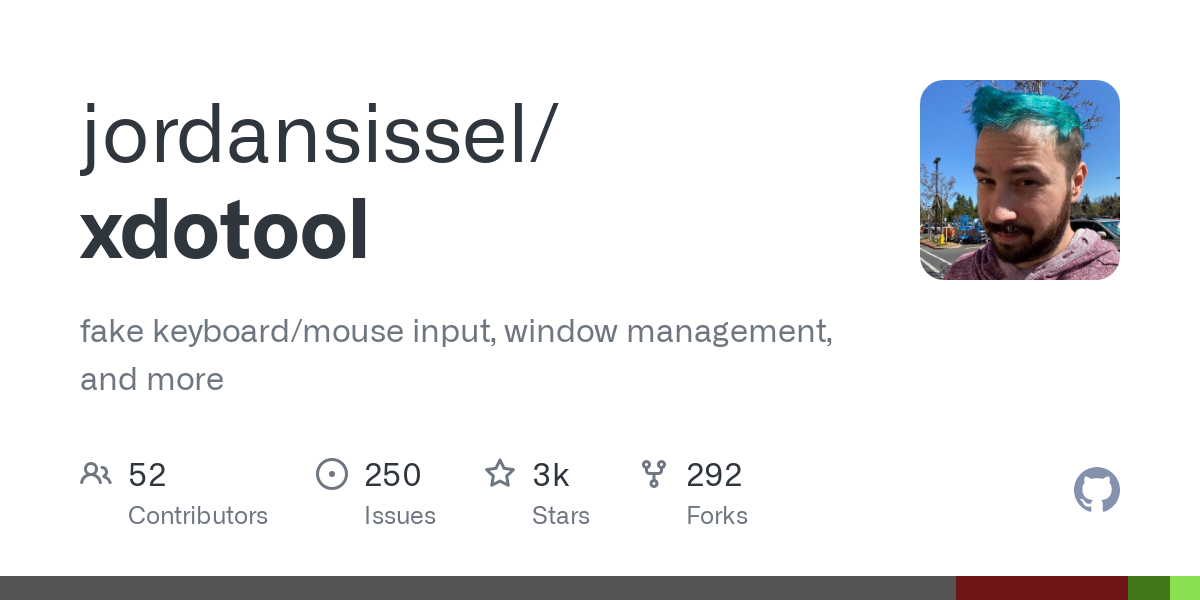

I love the idea of Wayland, but it only finally actually booted for me onto the desktop earlier this year (on Manjaro KDE). But it still randomly freezes for about a full minute, quite a bit. I am keen to move to it as my compositor hangs on X11 for some odd reason on KDE every time I try to do a rectangular area screenshot with Spectacle (mmm just realised it is also for around a minute - maybe I do have some other underlying issue), or when accessing the Compositor menu option. But X11 is still otherwise rock solid for me.




Manjaro KDE for me - it’s not Arch per se, otherwise Ubuntu would also be eliminated for being a derivative of Debian…